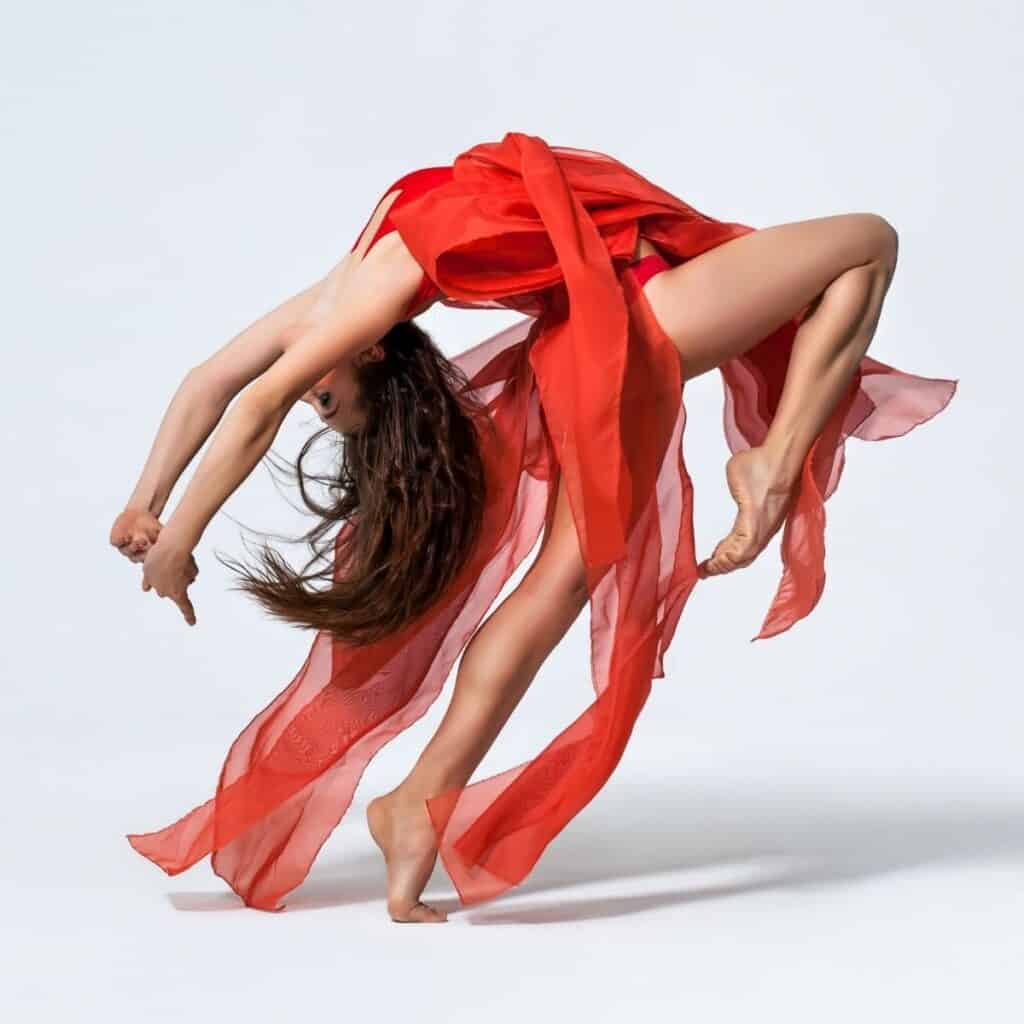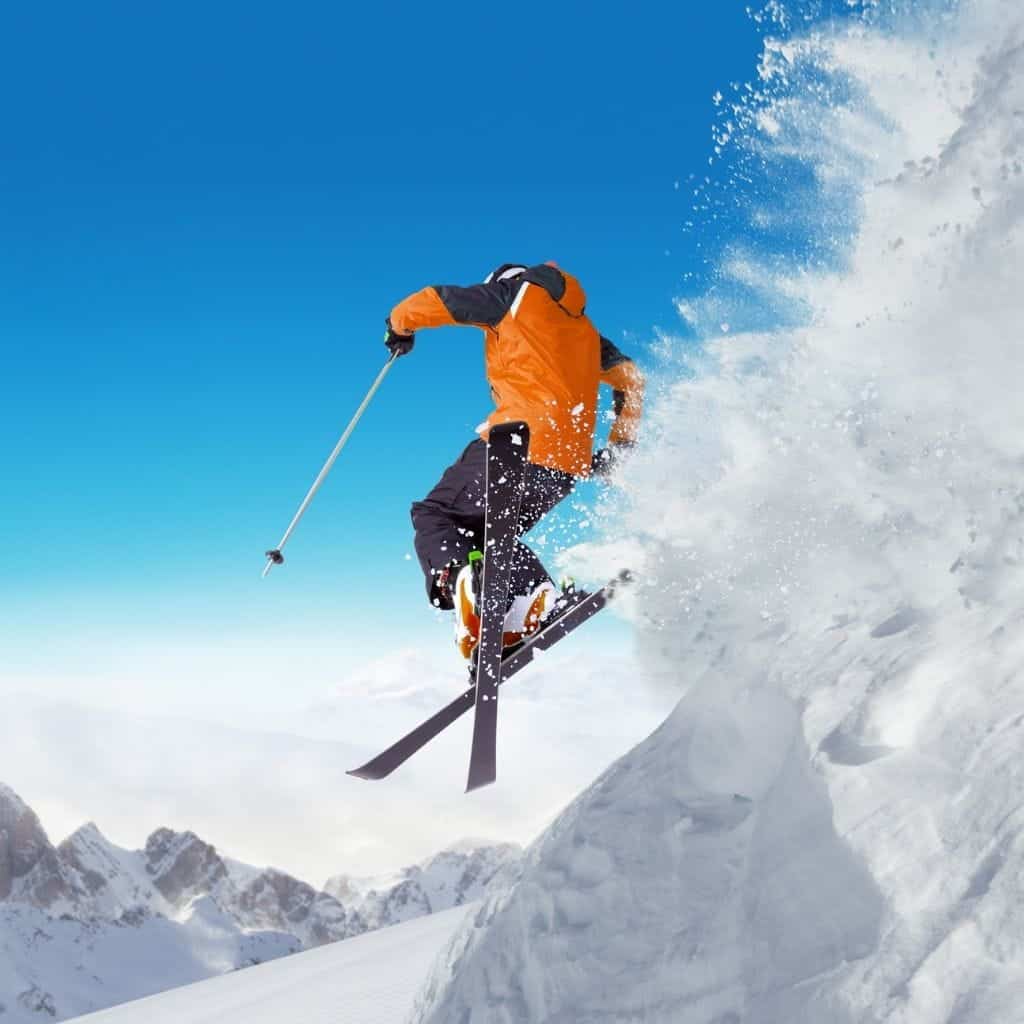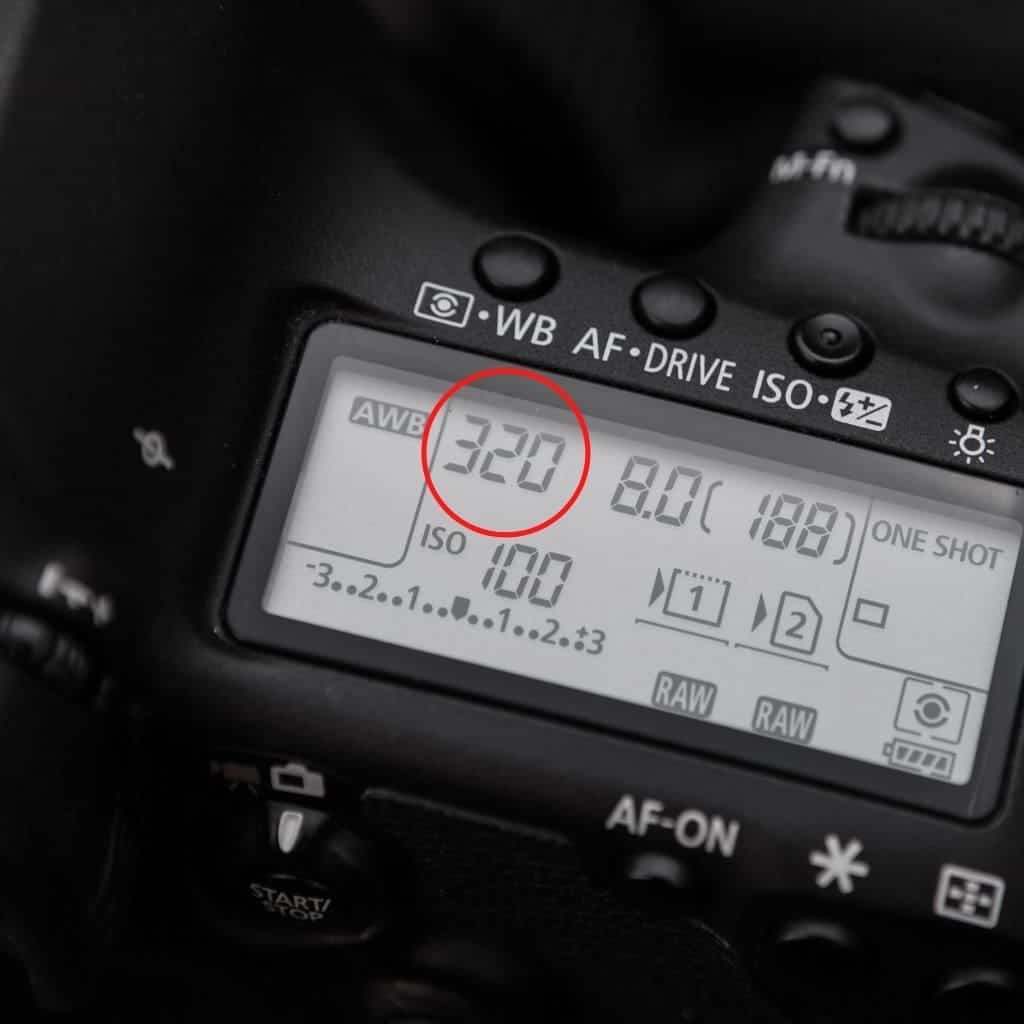In photography, shutter speed is the length of time that the image sensor or film is exposed to the frame that’s being captured.

What’s shutter speed?
In photography, shutter speed is the length of time that a film or sensor is exposed to light and the scene that you’re capturing. The sensor or film gets exposed to light when the camera’s shutter is open, which occurs when you take the photo. It’s also known as exposure time.
Related: How to get a blurry background in portraits
Learning about shutter speed is important because it plays a big role in the outcome of the photo. Depending on what you’re taking a photo of, it determines how blurry or sharp the image is.
If you’re shooting in automatic mode, your camera will adjust the settings. However, shooting in manual mode gives you control of the shutter speed, aperture, and ISO.
By understanding how it works, you’ll be able to take better photos and have more creative control, which means that you’ll be able to achieve the photo ideas that you have.
How it’s measured
Shutter speed is measured in seconds. In most cases, it’ll be a fraction of a second because one second is a slow shutter speed that requires a tripod or monopod if you have steady hands.
A larger number represents a slower shutter speed, while a smaller number represents a faster shutter speed. For example, a shutter speed of 1/500 means that the shutter will be open for one-five-hundredth of a second. A shutter speed of 1/8 means the shutter will be open for one-eighth of a second.
Most cameras have shutter speeds that range from 30 seconds to 1/4000. However, there’s also Bulb mode if you want to use a shutter speed that’s longer than 30 seconds. With the Bulb setting, the shutter will remain open for as long as you hold down the shutter button.
Effects on motion and exposure

Motion and exposure are the two main things that are impacted by shutter speed. Motion in an image will either be frozen or blurry based on the shutter speed.
If your goal is to freeze action, you must use a fast shutter speed. Examples of times where you need a fast shutter speed include capturing photos of people jumping, running, birds, sports, and cars.
If you’re capturing movement and need to blur motion, a slow shutter speed is required. Common reasons to use slow shutter speeds include photographing waterfalls, light trails, and blurring motion.
Related: 10 beginner composition tips
While intentional blur is great, accidental blur can ruin an image. Most of the time, accidental blur comes from camera shake. It occurs when your hands shake the camera while using slow shutter speeds.
If you’re shooting handheld photos, the general rule of thumb is that the slowest shutter speed to use should be equivalent to the focal length of your lens. For example, if you’re using a 100mm lens, the slowest shutter speed would be 1/100.
It’s not a rule that’s set in stone. So, you can go slower. However, it’s a great method to reduce blurry images that are caused by camera shake. If you decide to go slower, try not to go slower than 1/60. That’s where it gets hard to stabilize an image.
When you’re using a slow shutter speed, use a tripod. It’ll ensure that your images are sharp because there won’t be any camera shake.
When it comes to exposure, slow shutter speeds result in brighter images because the sensor or film is exposed to light for a longer time. If you use a fast shutter speed, the image will be darker because the time that it’s exposed is shorter.
Related: Perfect Exposure eBook
Since shutter speed isn’t the only setting that affects the exposure, you can achieve the proper exposure while using your shutter speed of choice by changing the aperture or ISO.
Without changing the other settings, increasing the shutter speed will darken the image, and decreasing it will brighten the image. The key is to change the aperture or ISO to compensate for the gain or loss of brightness.
How to change the shutter speed

Two camera modes allow you to change the shutter speed, manual, and shutter priority. With manual mode, you’ll control everything. With shutter priority, you select the shutter speed, and the camera will do the rest. Shutter priority is commonly displayed as S, T, or Tv.
The current shutter speed will be displayed on the LCD screen or in the viewfinder. Most cameras will display it as a number instead of a fraction. For example, 1/500 could be displayed as 500 and 1 second could be shown as 1″.
To change the shutter speed, rotate the dial near the shutter button or the LCD screen. Some cameras have a touch screen feature that allows you to change the shutter speed. The dial or method that controls it varies by camera.
While you’re out shooting, experiment with different shutter speeds. It’ll help you diversify the type of photos you take and give you a better understanding of how it works with hands-on experience.
Frequently asked questions
The following are common questions about shutter speed:
What’s the fastest shutter speed?
Most cameras offer 1/4000 as the fastest shutter speed, and pro-level cameras can go up to 1/8000. However, the fastest in the world is captured by the STEAM (serial time-encoded amplified microscopy), which can go as fast as half a billionth of a second.
What’s the best shutter speed for portraits?
If you’re shooting handheld portraits, 1/200 is the best shutter speed to use. However, make adjustments based on the time of day and type of portrait that you’re photographing.
Can I use a fast shutter speed in low light?
Yes, the best way to use a fast shutter speed in low light is to use a large aperture and higher ISO. F/1.8 or larger is excellent for a maximum aperture. You may also need to increase the ISO to 320 or higher.
Conclusion
Shutter speed is one of the most important factors in understanding your camera and photography. It’s a measurement of the time that the camera’s shutter is open. It’s expressed in seconds or fractions of a second. The biggest thing to remember is that slow shutter speeds blur motion, and fast shutter speeds freeze it.
Featured image courtesy of Canva.
